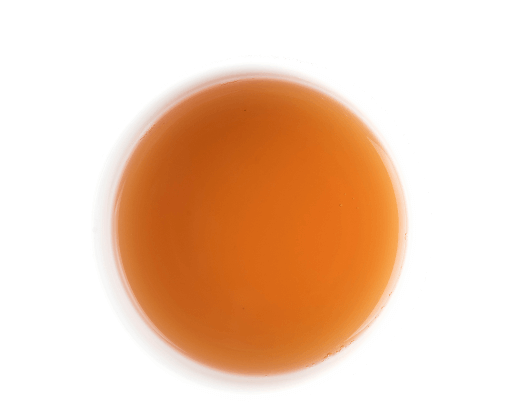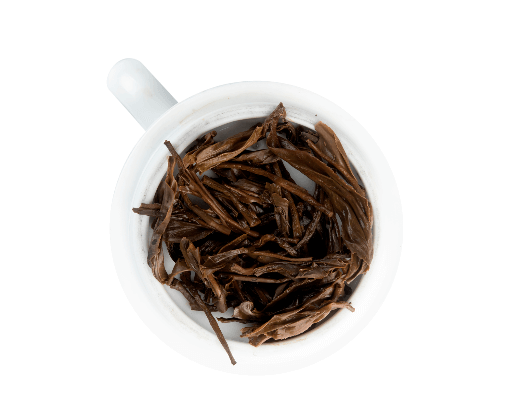The subtle variations among black, green, white and oolong teas are a result of the manufacturing process of the leaf. Yet, the resulting unique variations in the liquor colour, aroma and taste come from the leaves of one plant – Camellia Sinensis. Tea is not just about the drink but the total experience of selecting the type, preparing, serving, and taking time to enjoy it.



All types of “true” tea actually originate from the same plant. The botanical name for the tea plant is camellia sinensis. This plant originated in southern China thousands of years ago, and has been cultivated and consumed for hundreds of years.
Oolong teas varying from light “Springtime Oolong Teas” which have a gentle, floral and mild sweetness to the heavier dark Oolongs, which are woody, sometimes earthy with heavy fruit and occasionally caramelised notes. Oolong teas are partly oxidised or fermented. The teas are picked, often 3 leaves and a bud, withered, fermented, then heated, rolled and dried.
Many types of oolong teas, are grown from special varietals of the tea plant cultivated in order to impart unique flavors to the tea. Oolong teas are harvested, wilted, and then undergo partial oxidation. Depending on the type of oolong, they may be oxidized for only a short period of time, or may undergo more thorough oxidation almost to the level of a black tea. Some oolong teas are then shaped by hand into small, tightly rolled balls before being dried and packaged.

